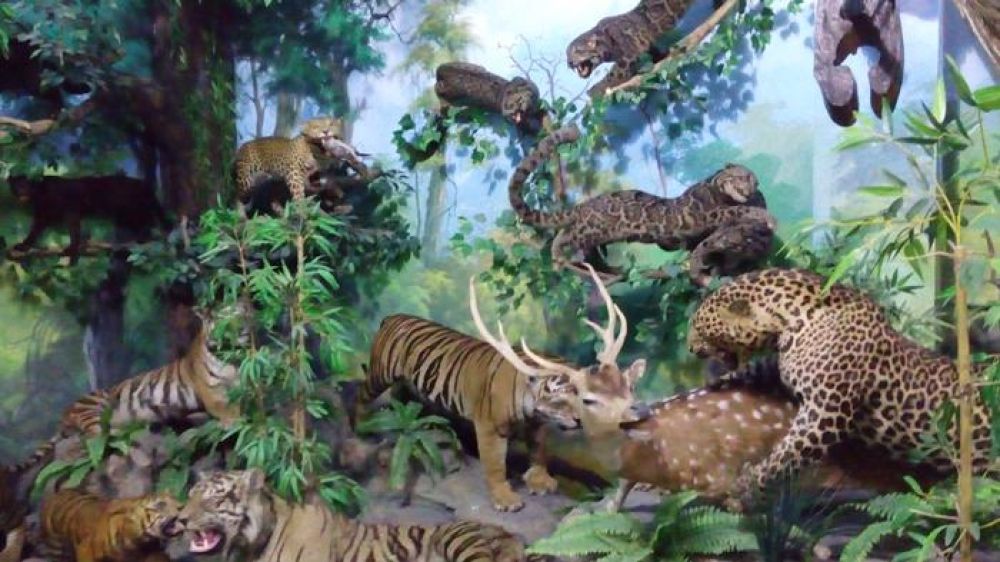

The Rahmat International Wildlife Museum & Gallery is a notable destination in Medan, Indonesia, which showcases a vast collection of taxidermy specimens from around the world. The museum was established by a passionate Indonesian businessman, Tjong Yong Hian, who was an avid collector of animal specimens. His interest in taxidermy evolved from his hobbies of hunting and photography, which he pursued during his travels worldwide.
The museum officially opened its doors to the public in 1999, showcasing an impressive range of species, from African big game to local Indonesian wildlife. It quickly became a popular destination for both locals and tourists, interested in natural history and wildlife conservation.
In recent times, the museum has adapted to changing trends in tourism by focusing on educational experiences and conservation awareness. It emphasizes the importance of wildlife preservation and highlights the impacts of human activities on animal habitats. This aligns with the global trend towards responsible and sustainable tourism, where tourists seek meaningful experiences with a focus on learning and giving back to the communities they visit.
The museum has also embraced technology to enhance visitor experiences. Interactive displays and informative digital aids are now part of the museum's exhibits, providing a more engaging tour. In addition, the gallery has an online presence through its website and social media platforms, where it shares information about current wildlife conservation efforts and promotes virtual tours.
Virtual reality (VR) experiences have also been incorporated, allowing visitors to immerse themselves in natural habitats and get a closer look at animal behaviors. This technological integration caters to the growing demographic of tech-savvy tourists.
Furthermore, Rahmat International Wildlife Museum & Gallery actively participates in local educational outreach programs to promote conservation education among schoolchildren and local communities. This approach fits the sustainable tourism model, which aims to have a positive impact on the local environment and its inhabitants.
With a continuous commitment to conservation and a dedication to providing high-quality educational content, the Rahmat International Wildlife Museum & Gallery remains a prominent and respected destination in Indonesia's tourism landscape.